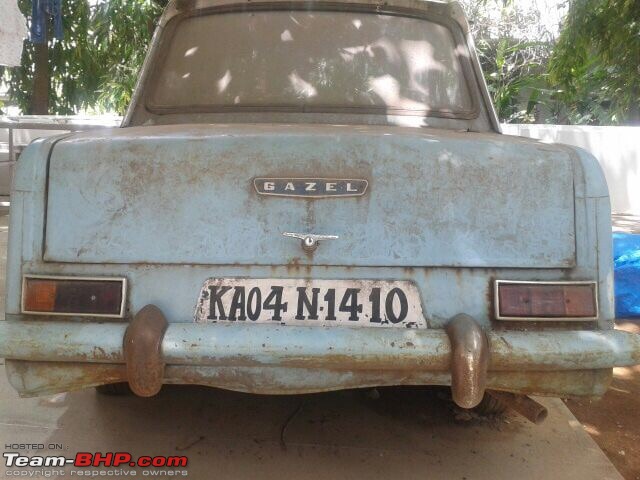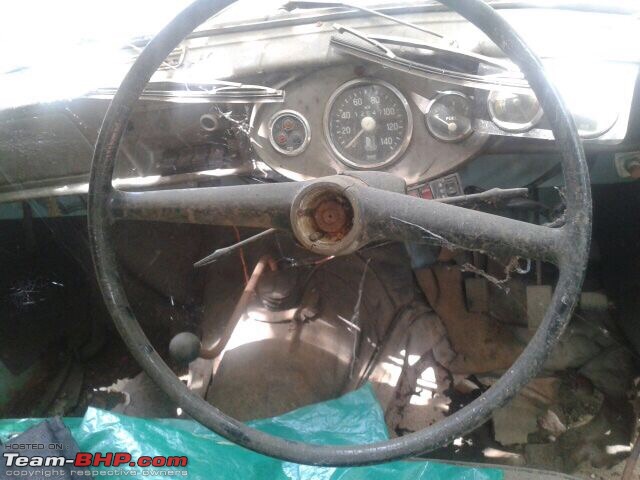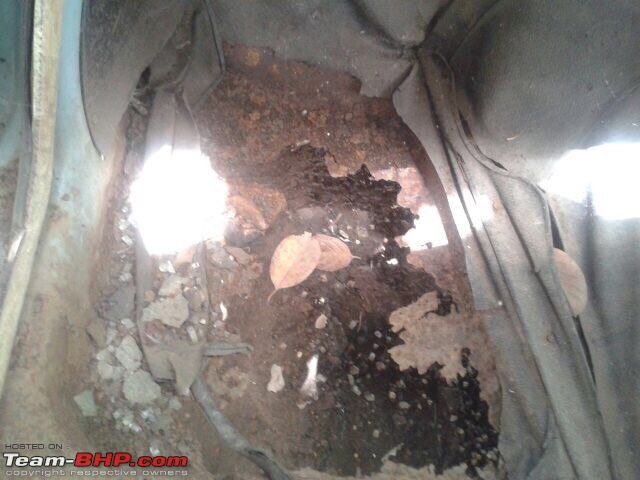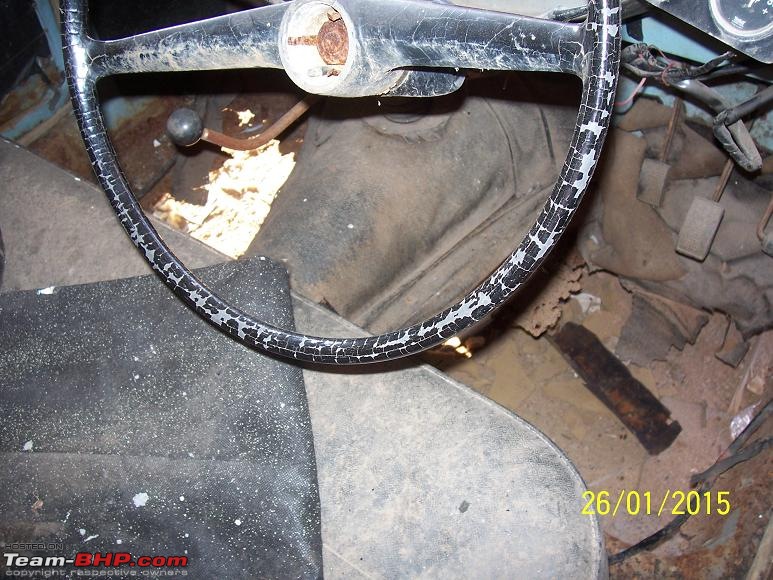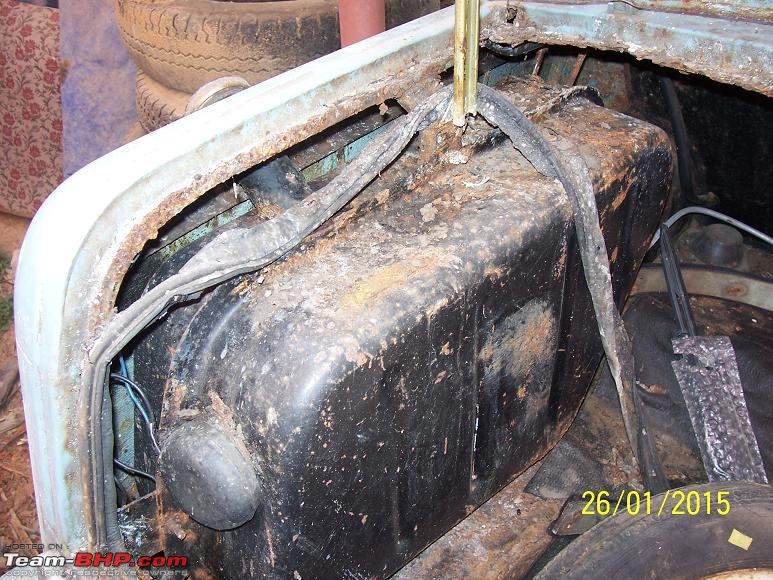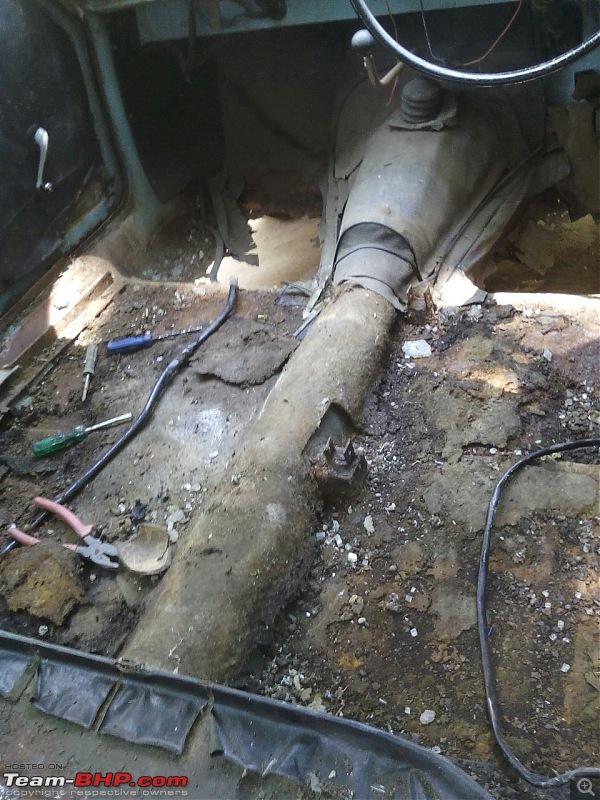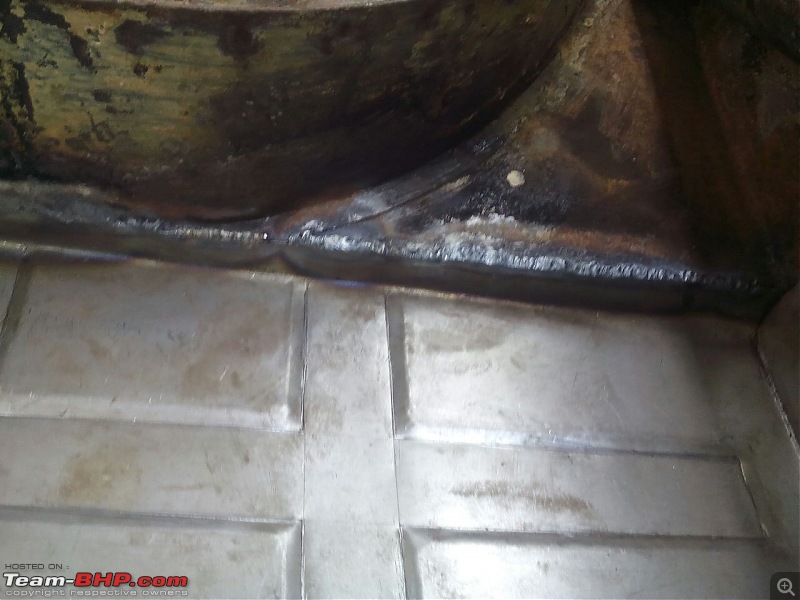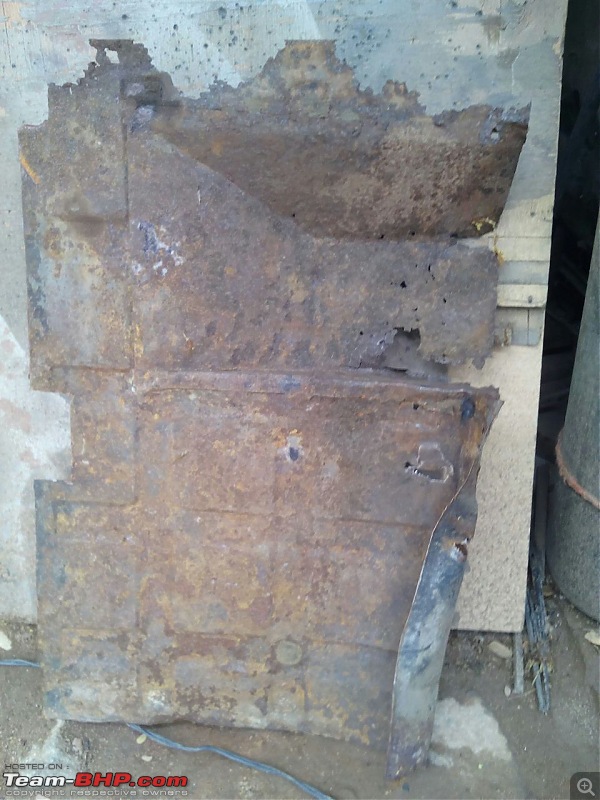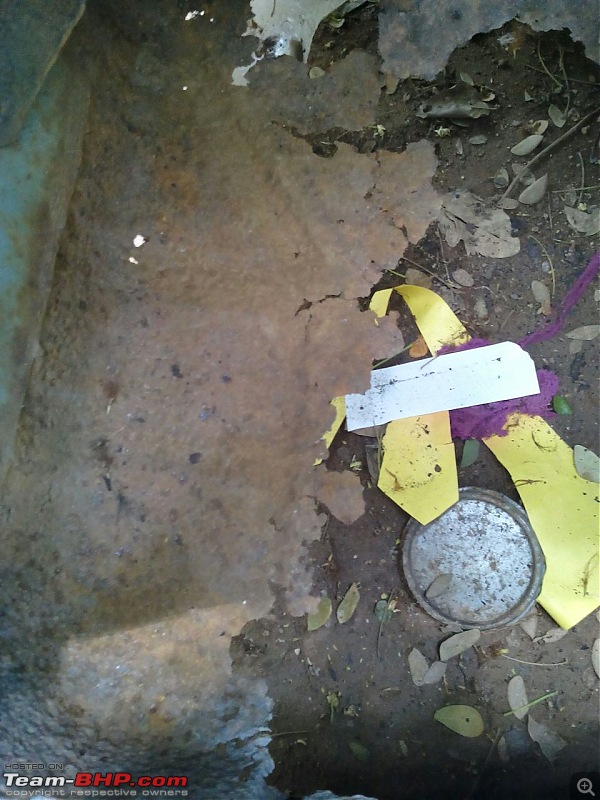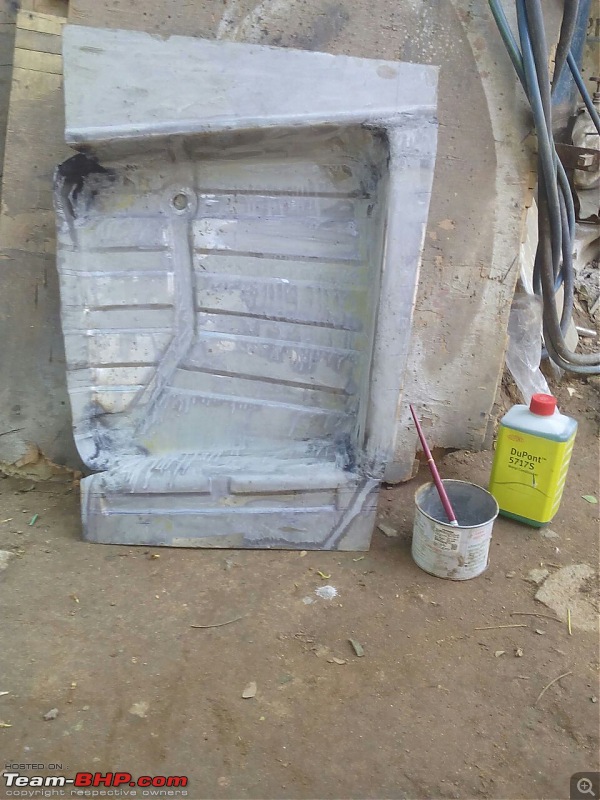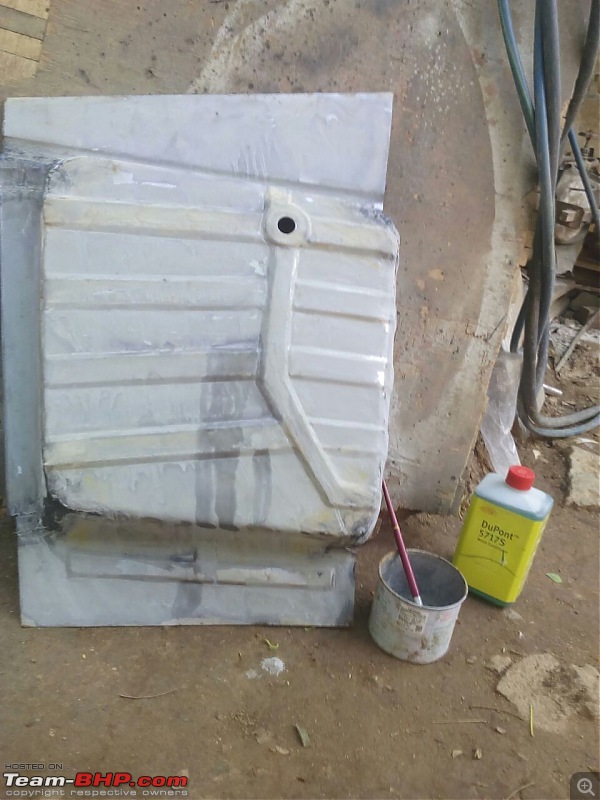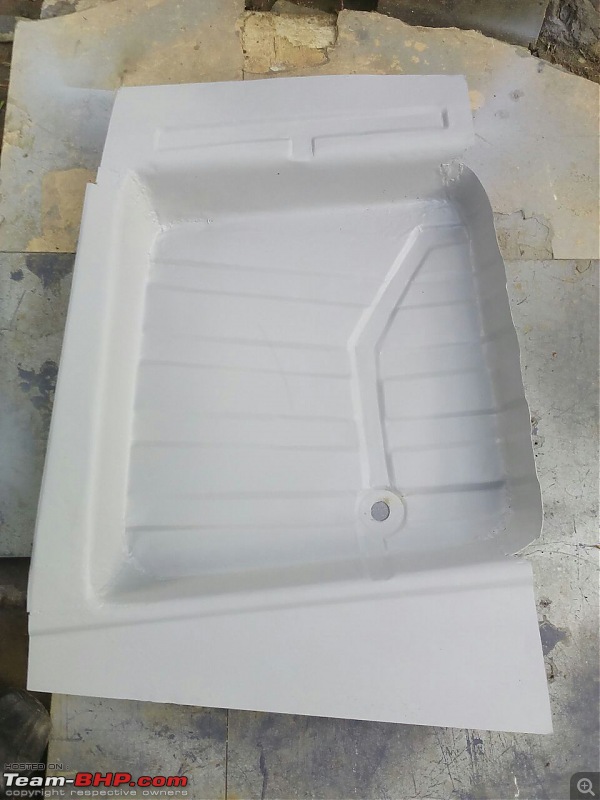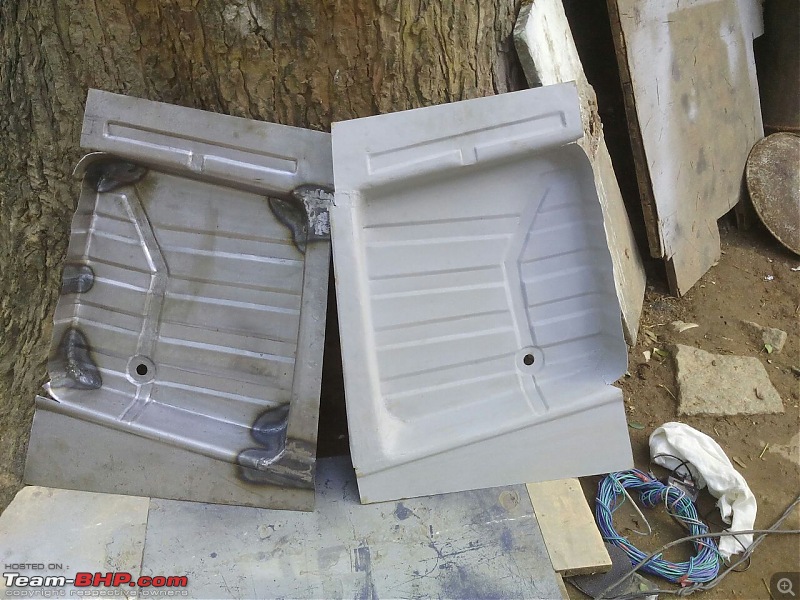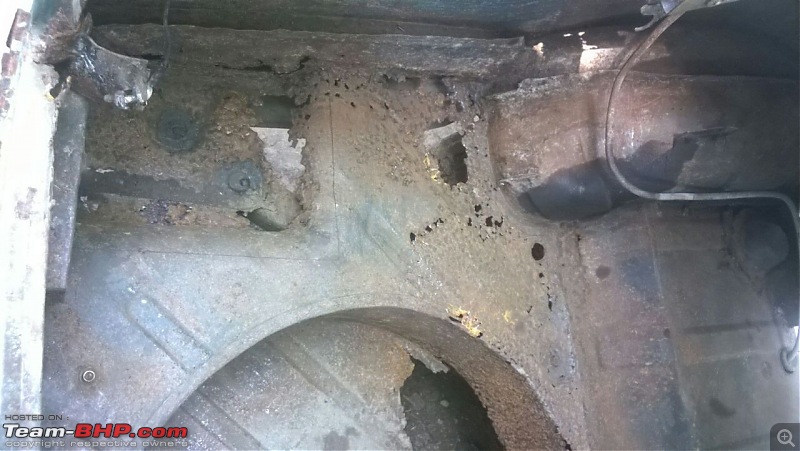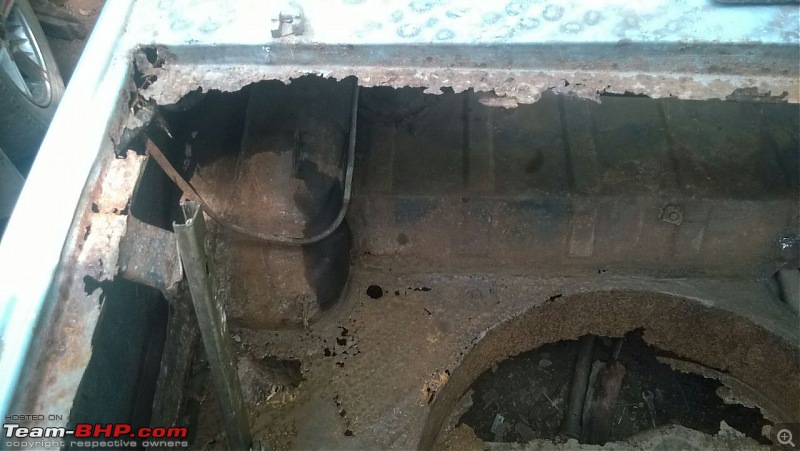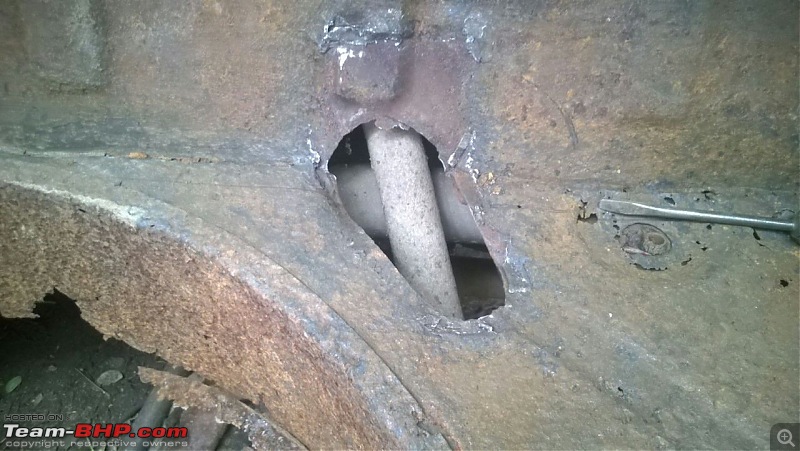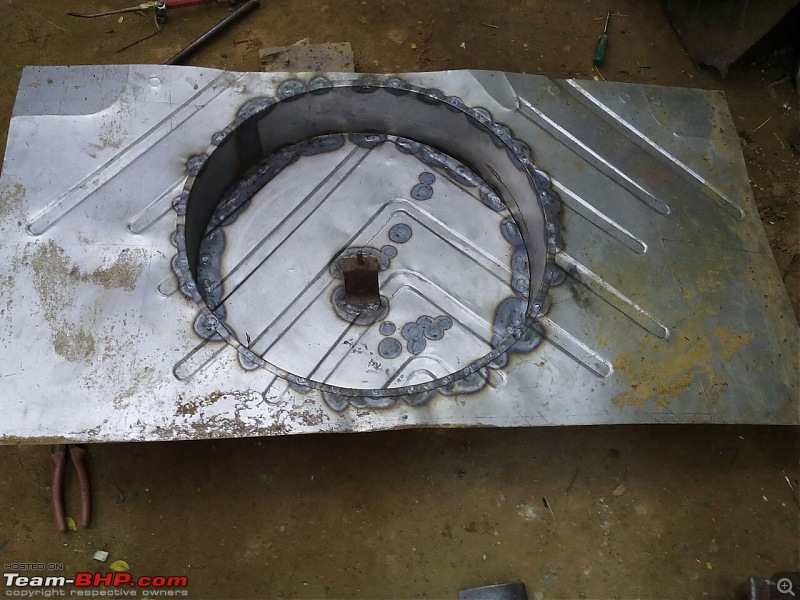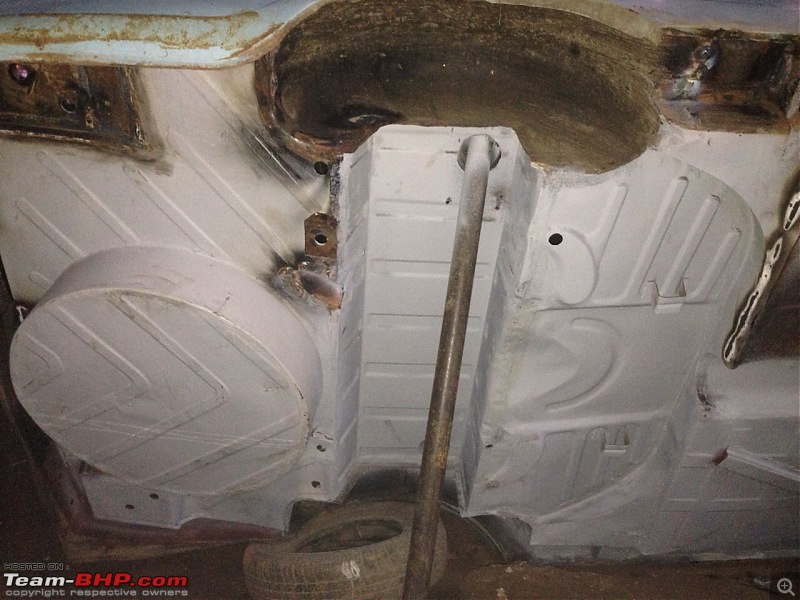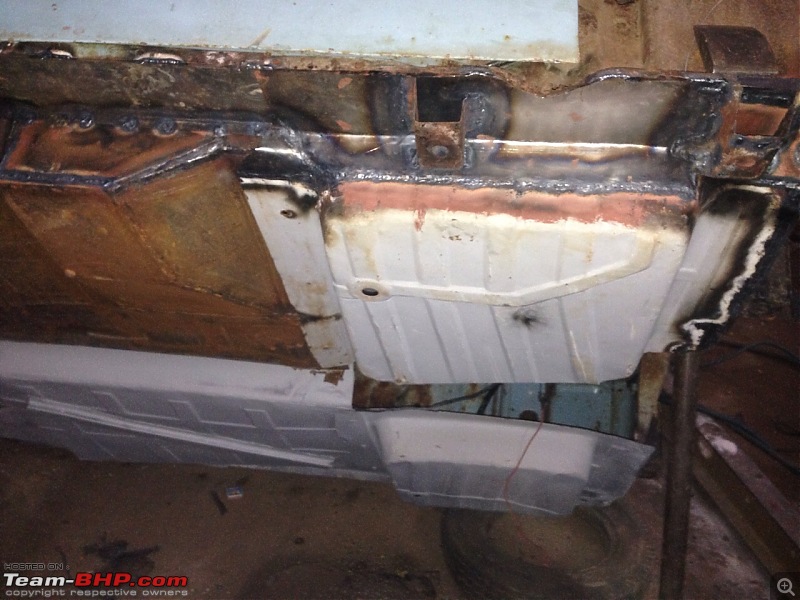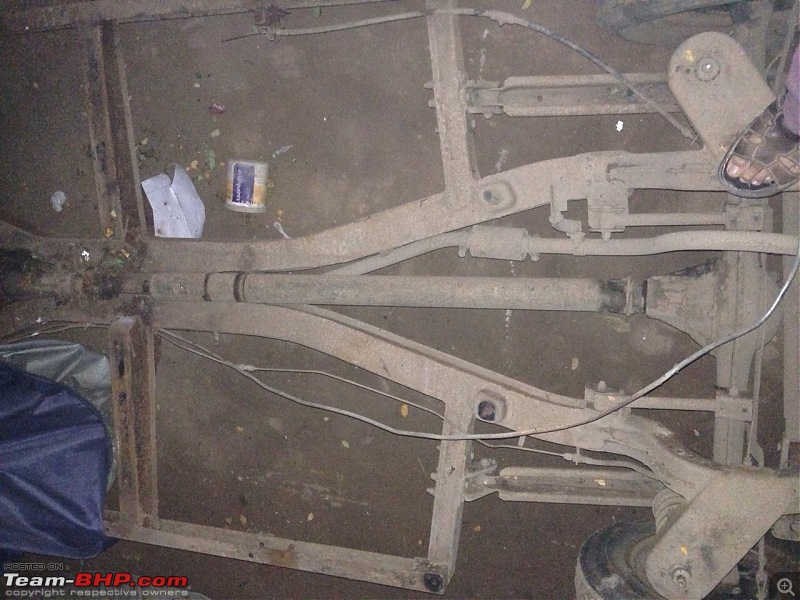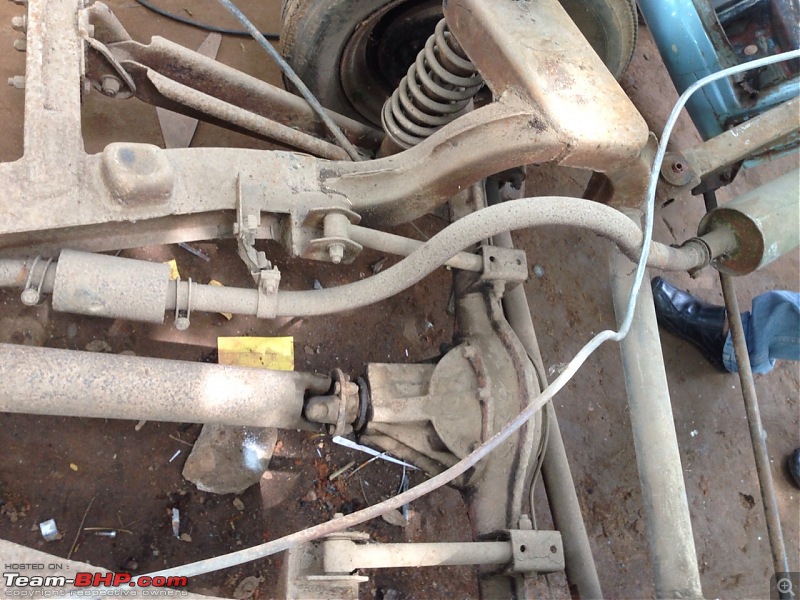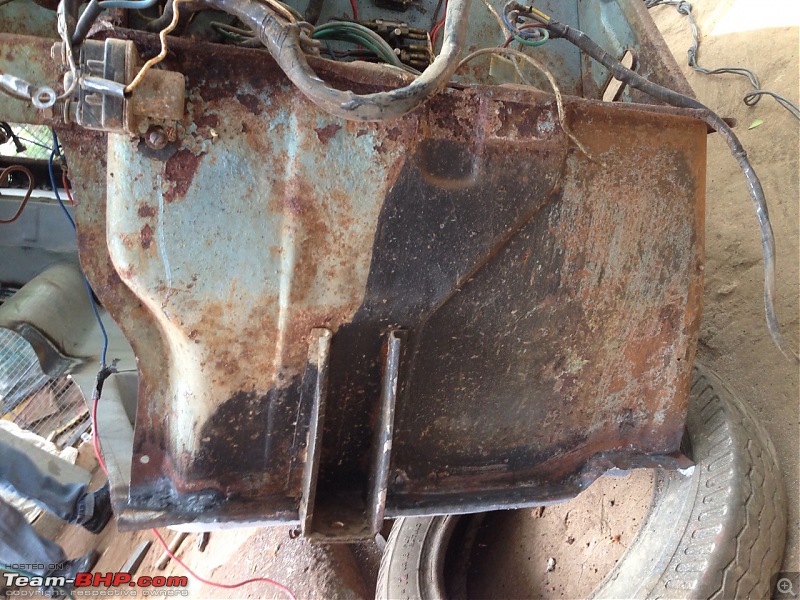Time for another restoration restoration project, again a Standard, but this time a 1974 Gazel - a contender for the coveted post of India's ugliest car

, though something about it has always had me fond of them. This was the final iteration of the Herald (you can read my previous thoughts on the Herald development
here)
While not enough is known on exact timelines for the Herald, even less is known about the Gazel. To be honest I cannot say with confidence when the model was actually introduced. An old Auto India issue from the 90s chronicling the Indian automotive milestones puts the date as 1970, as a replacement to the Mark III. I would have thought they came in around 1971 or 72. And just now a senior collector informs me that they were introduced in September 1972, and discontinued in early 1975.
Even today by and large it is not considered collectable, though more and more people are beginning to understand its significance. Though often referred to as India's first indigenous car, it really is more of a heavy facelift to the 4 door (India specific) Standard Herald Mark III. The front end mimicked the Triumph Herald 13/60, though was an all new design. The rear lost the trademark tail fins, and now had a plain boxy end with nondescript rectangular taillights. The only thing in my opinion that was a success was the fully redesigned (fibre?) dash, with ornate details and an oval cluster for the gauges, and an assortment of piano key switches. The glove box sported a neat Triumph shield shaped button, and the whole dash was painted silver grey. Mechanically I think the only changes were to the rear axle - the independent axle system of the Herald was discarded for a tried and tested rigid axle (taken from the Triumph Toledo/Standard 10?) The short stubby gear lever was replaced by a longer cranked unit like the 10, and a bench seat replaced the individual ones we saw in Heralds.
Here was one I had seen years back, later chopped and doing wedding duties, now probably scrapped. When I was in college (which wasn't too long ago) cars like these were available for under 10,000 rupees - yes, the price of battery and tyres. How I wish that were still true.

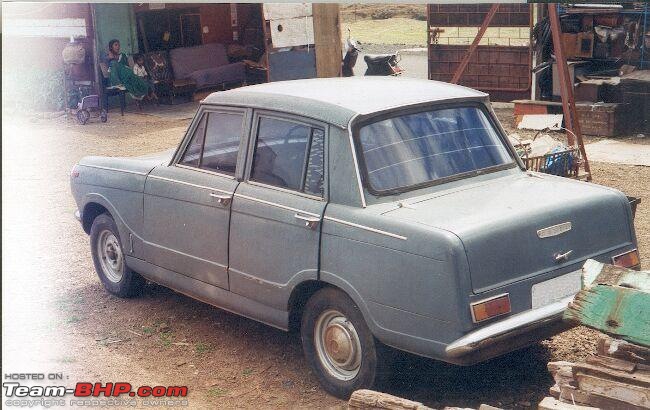
The dash (from another car) showing the ivory switches

Here are some brochure scans I had found many years back for what we now call the Mark I model. Like with most brochures, there are inconsistencies with some features - this car shows the later bonnet but earlier handles.


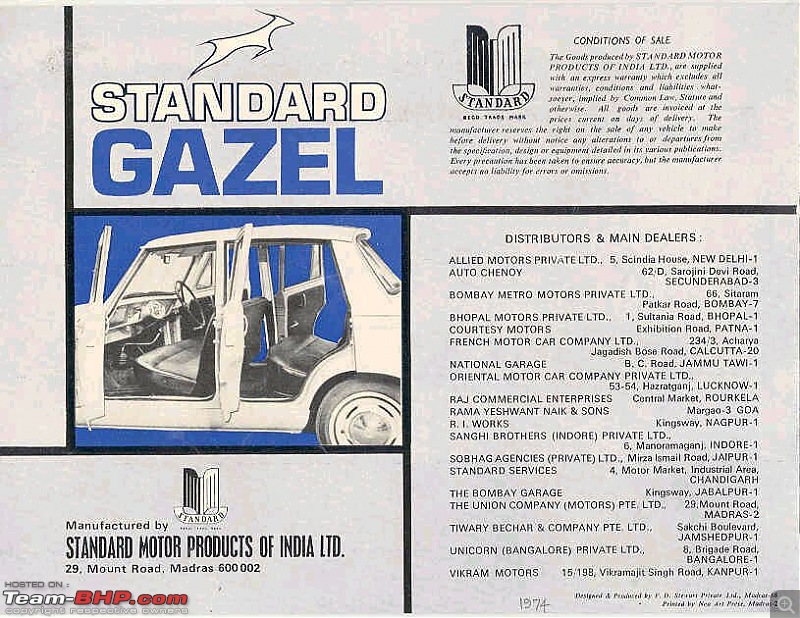
Here is an owner's manual and service booklet borrowed from a friend

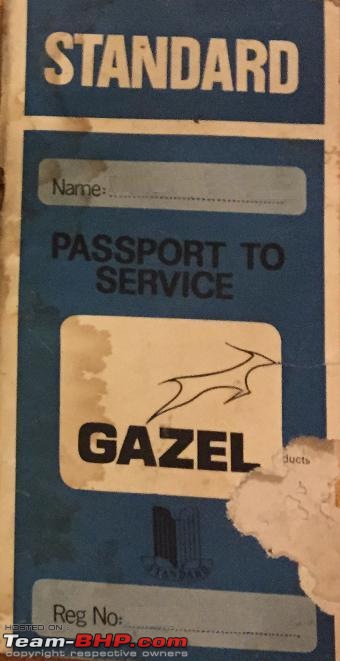
Some years later (1972/74?) came an updated version, what we have come to call the Mark II, though never officially designated as such. The car lost its large one piece forward hinged bonnet to get a familiar rear hinged smaller piece - what we locally referred to as 'Fiat-type bonnet'. Exterior door handles were replaced by Fiat 1100 D/Premier Padmini items, and I think the aluminium badges had the lettering pressed 'in' instead of stamped 'out'. I have seen many bumper configurations - chrome and body coloured, with and without guards, so I can't say for sure what came when. Ditto for side trims - maybe on some later models they were deleted altogether, not sure.
Here is a nice car that was in Bangalore. Note the pressings in the panel behind the front wheel - where the bonnet opening levers were deleted. I like the period colour, though not factory. According to a brochure, the original colours offered were Black, White, Conifer green (the colour of my Herald Mk 2), Copper Blue (my favorite, a medium blue) and Buckskin, which must have been some kind of brown. Incidentally my car is powder blue, which also must have been offered later.


Smart looking dash - note the black dash switches.

Here is a brochure scan for the Mark II
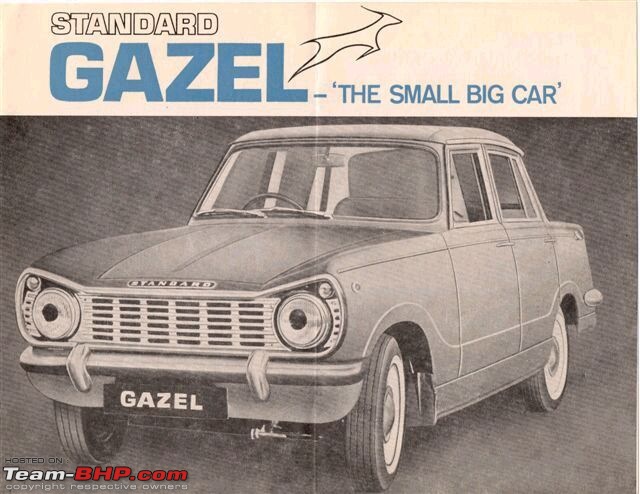



Here is an owner's manual for the Mark II
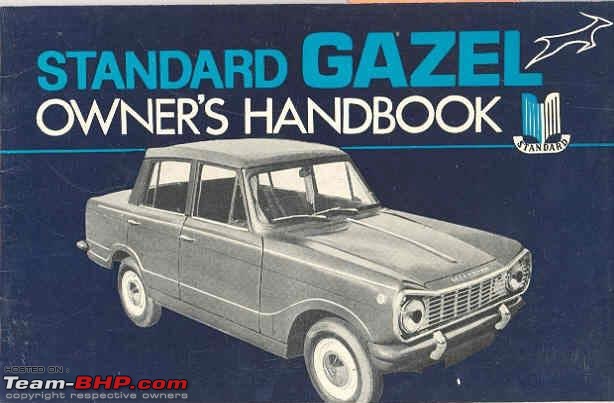
And I was lucky to get an original Parts Catalogue for items specific to the Gazel

There was also a stationwagon version - while I've never seen one (and wonder if any survive), I did see a fibre rear hatch at a scrapyard years back.

Plus one is featured in what seems to be an old world car guide. It seems to be named Standard Break?

I really hope that anyone who can remember these sort of details to please share them - its a shame we have no reference material for most Indian cars of the era. I am sure resident Standard motors guru Stanher will contribute, having owned one for many years.

 (22)
Thanks
(22)
Thanks

 (19)
Thanks
(19)
Thanks

 (16)
Thanks
(16)
Thanks

 (16)
Thanks
(16)
Thanks

 (14)
Thanks
(14)
Thanks

 (30)
Thanks
(30)
Thanks



 (3)
Thanks
(3)
Thanks

 (12)
Thanks
(12)
Thanks

 (3)
Thanks
(3)
Thanks

 (7)
Thanks
(7)
Thanks
 (2)
Thanks
(2)
Thanks




 , though something about it has always had me fond of them. This was the final iteration of the Herald (you can read my previous thoughts on the Herald development
, though something about it has always had me fond of them. This was the final iteration of the Herald (you can read my previous thoughts on the Herald development 





















